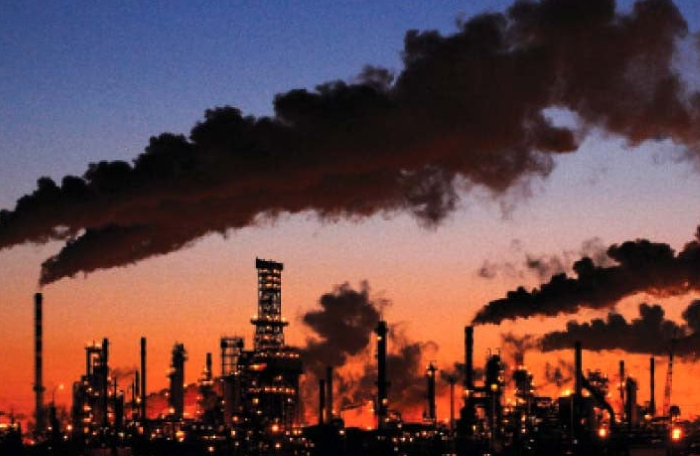The industry is struggling with supply-chain disruptions, high fuel prices, unpredictability in government policy, and a slowing economy. The decline is more severe than anticipated and reflects the industrial sector’s general lacklustre growth trend for the current fiscal year.
The LSM industries recorded a production decline of 11.6% in February compared to the same month the year before, according to the Pakistan Bureau of Statistics (PBS).
The industry’s current state is a result of a number of factors, including import restrictions that have led to a shortage of imported raw materials and a sharp currency devaluation that has made raw materials expensive and business models unprofitable.
According to a recent World Bank report, the industry is also having trouble with declining foreign exchange reserves, administrative import controls, supply-chain disruptions caused by floods, high fuel prices, policy uncertainty, and a slowdown in both domestic and international demand.
The continued decline in consumer and business confidence points to continued sluggish growth over the coming months.
Due to exports and remittances, the government is allowing imports equal to monthly inflows, a policy that has proven to be expensive for industries.
Supply shortages result from the government’s reduction of imports to a range between $2 billion and $2.5 billion per month.
Pakistan’s foreign exchange situation is precarious, and the government is prioritising the import of food and medicines, according to Prime Minister Shehbaz Sharif.
Prior to normalising imports, the government awaited the implementation of the International Monetary Fund (IMF) agreement.
In an effort to reach a staff-level agreement with the IMF, Pakistan’s central bank raised interest rates earlier this month to 21%, the highest level in Pakistan’s recorded history.
The lender initially requested an increase in interest rates of about 7%, so there is still some uncertainty.


